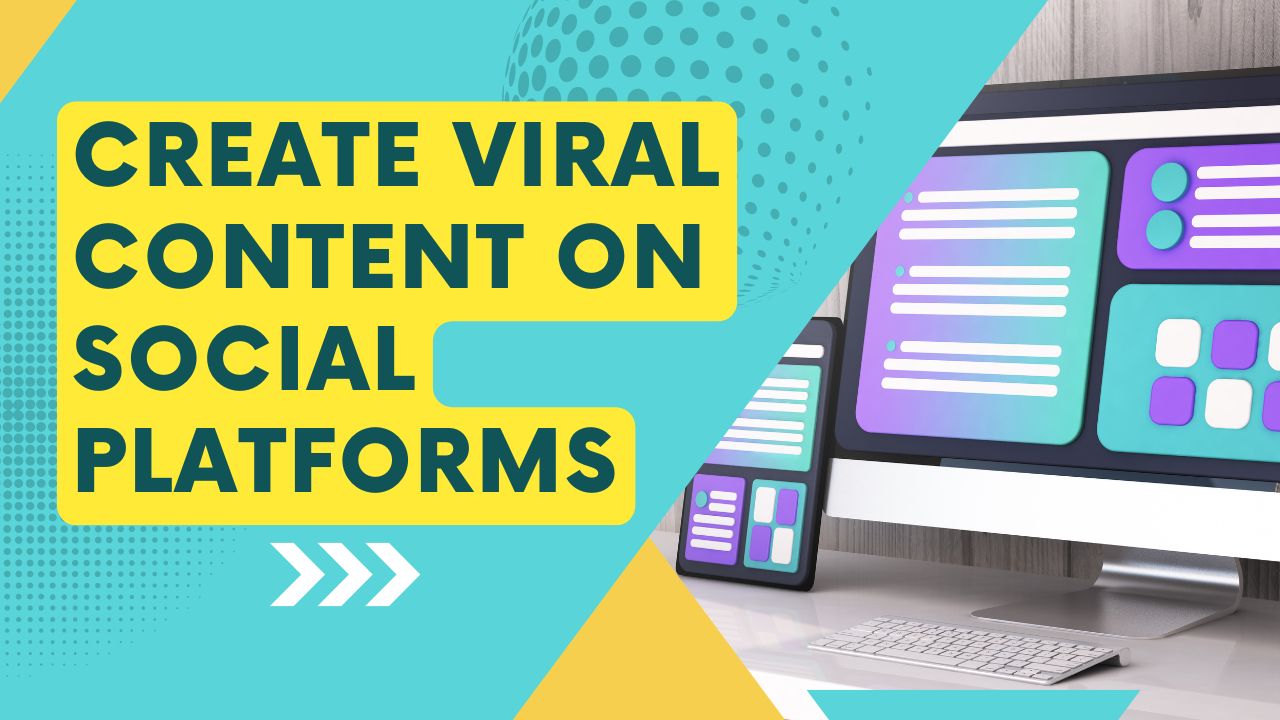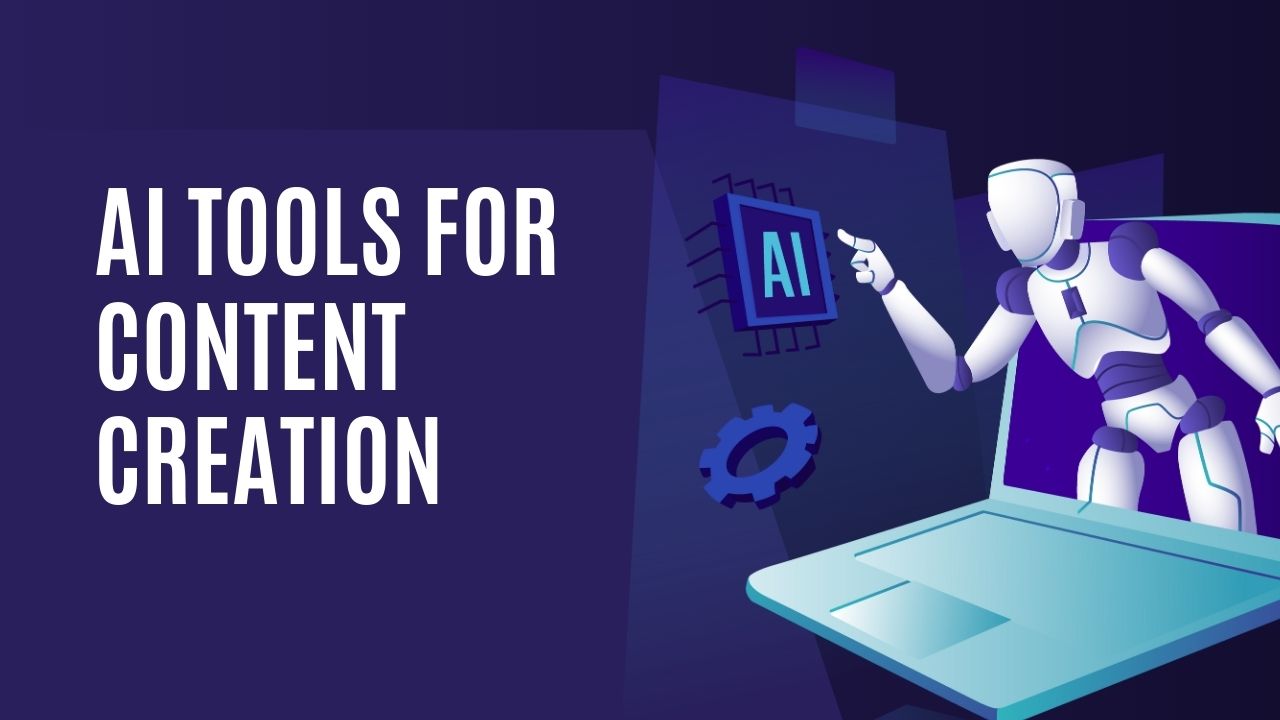As we step into 2024, the future of virtual content creation is buzzing with possibilities. If you’ve been paying attention, you know that technology and audience preferences shift like sand. Creators are no longer just sitting behind a screen. They’re on a thrilling ride, crafting experiences that captivate and engage. So, what’s coming next? Let’s explore the future of virtual content creation and discover what trends and technologies will lead the way.
The Shift Towards Short-Form Video
In today’s fast-paced digital environment, attention spans have become remarkably brief, often no longer than the duration of a short TikTok video. Platforms like TikTok and Instagram Reels have redefined how content is consumed, with their focus on concise, engaging videos that entertain, educate, or inspire within a matter of seconds. As we move into 2024, this shift toward short-form content is not a passing trend, but a lasting transformation in the way we engage with media.
Why Short-Form Works
Consider this: in a world characterized by endless scrolling, lengthy introductions are increasingly impractical. Short videos offer a quick, engaging, and easily shareable format that caters to this trend. They serve as the popcorn of content—light, enjoyable, and ideal for multitasking. Brands that leverage this format will discover that their messages resonate with audiences seeking concise and entertaining experiences.
Interactivity in the Future of Virtual Content Creation: The New Engagement Frontier
Remember when you used to shout at the TV during your favorite shows? Well, now you can actually interact with content. Virtual content is evolving, making interactivity a cornerstone of engagement. Quizzes, polls, and interactive graphics allow audiences to participate. It’s not just about watching; it’s about being part of the story.
The Magic of Participation
Imagine scrolling through a social media feed and stumbling upon a poll asking your opinion on the best pizza topping. Suddenly, you’re not just a viewer—you’re an influencer. Brands are recognizing that involving their audience creates a sense of community. When people feel connected, they’re more likely to share, comment, and engage. It’s a win-win situation.
The Role of AI in the Future of Virtual Content Creation
Artificial intelligence (AI) isn’t just for tech whizzes anymore. It’s becoming an integral part of content creation. AI tools streamline processes, helping creators work smarter, not harder. From generating content ideas to editing videos, AI is like having a helpful assistant in your digital toolkit.
Related Post: The Future of AI in Content Creation: Trends for 2024
Personalized Content Experiences Through AI
Ever felt like a brand was reading your mind? That’s the power of AI. By analyzing user behavior, brands can deliver personalized content that hits home. It’s like having a tailored suit instead of off-the-rack clothing. With the right data, brands can create experiences that resonate, making customers feel seen and valued.
Sustainability in the Future of Virtual Content Creation
Let’s face it: the planet is in trouble. As content creators, we have a role to play. In 2024, sustainability isn’t just a buzzword; it’s a necessity. More brands are adopting eco-friendly practices, from reducing digital waste to promoting sustainable products. If you’re not thinking green, you might be left in the dust.
Understanding the Digital Carbon Footprint
Did you know that digital content has a carbon footprint? It’s true! Streaming, downloads, and even email storage contribute to environmental impact. Being mindful of how we create and share content can make a significant difference. Brands that take a stand on sustainability will not only attract eco-conscious consumers but also build a positive reputation in a crowded marketplace.
User-Generated Content: The Future Power of Authenticity
User-generated content (UGC) is like the cherry on top of your digital sundae. It’s real, relatable, and authentic. When brands encourage their customers to share their experiences, they tap into a wellspring of trust. UGC is the digital equivalent of word-of-mouth marketing, and it’s proving to be a game changer.
Building Community Through Stories
Imagine a customer sharing a photo of themselves using your product with a glowing review. That’s pure gold. Brands that showcase UGC create a sense of community, making their customers feel like they’re part of something bigger. It’s not just about selling products; it’s about building relationships. When customers see their content featured, they become advocates, spreading the word like wildfire.
Podcasting in 2024: The Resurgence of Audio Content
Podcasts are experiencing a renaissance. These audio gems allow brands to tell stories and connect with audiences in new ways. With more people tuning in during their daily commutes or workouts, podcasts are a powerful tool for building brand loyalty. It’s like having a conversation with your audience, wherever they are.
The Art of Storytelling Through Podcasts
Podcasts allow brands to dive deeper into topics, offering insights and expertise that a quick social media post simply can’t convey. Imagine sharing your knowledge, experiences, and even a few laughs—all while your audience listens on the go. Brands that invest in podcasting can establish authority and create a loyal following.
Voice Search: A Crucial Element in the Future of Virtual Content Creation
Voice search is changing how we find information online. With the rise of smart speakers like Amazon Echo and Google Home, optimizing content for voice search is becoming crucial. In 2024, if your content isn’t voice-friendly, you might be missing out on a significant audience.
Speaking the Same Language as Voice Search
When optimizing for voice search, think about how people speak. Phrases like “best pizza near me” or “how to fix a leaky faucet” are common. Content that mirrors these conversational patterns is more likely to be found. So, dust off those long-tail keywords and get ready to talk the talk.
Hyper-Personalization in the Future of Virtual Content Creation
In a world flooded with content, personalization is key. Gone are the days of one-size-fits-all marketing. Brands must use data analytics to understand their audience better. By analyzing preferences and behaviors, they can deliver tailored experiences that truly resonate.
Creating Tailored Journeys with Hyper-Personalization
Picture this: You receive an email with recommendations based on your previous purchases. It’s not just a random selection; it feels curated just for you. This kind of hyper-personalization builds trust and loyalty. Brands that leverage data effectively can create experiences that leave a lasting impression.
The Importance of Consumer Feedback in Virtual Content Creation
Consumer feedback is like gold dust for content creators. Engaging with your audience through surveys, comments, and reviews provides valuable insights. Listening to your audience helps refine strategies, making your content more relevant and engaging.
Turning Feedback into Action
Imagine receiving a handful of constructive criticism on your latest video. Instead of brushing it off, you take it to heart. By actively incorporating feedback, you show your audience that their opinions matter. This practice not only improves your content but also strengthens the bond between you and your audience.
Looking to the Future: What Lies Ahead in 2025 and Beyond?
Looking ahead to 2025 and beyond, the future of virtual content creation is poised for even more exciting changes. Short-form videos, interactive experiences, and AI-driven tools will continue to dominate. Brands that embrace these trends will thrive in the digital arena.
The Key to Success: Adaptability in Virtual Content Creation
In today’s dynamic environment, adaptability is crucial for success. Creators must remain informed about emerging technologies and trends, recognizing that the digital landscape is not static but rather a dynamic entity. By embracing change and committing to continuous learning, content creators can effectively position themselves for future success.
Conclusion: Embracing the Future of Virtual Content Creation
As we look to the future, the possibilities for virtual content creation are endless. Short-form videos, interactive experiences, and sustainability will shape the next chapter. Brands that prioritize engagement, authenticity, and community will rise above the noise.
In 2024, staying ahead means being open to innovation. Embrace the changes, listen to your audience, and keep creating. The future of virtual content creation is bright, and the journey is just beginning. So, strap in and get ready for an exhilarating ride through the ever-evolving world of virtual content creation!









